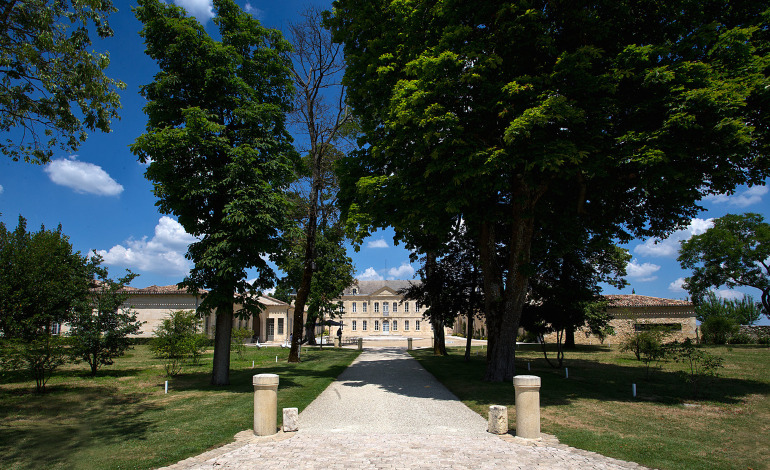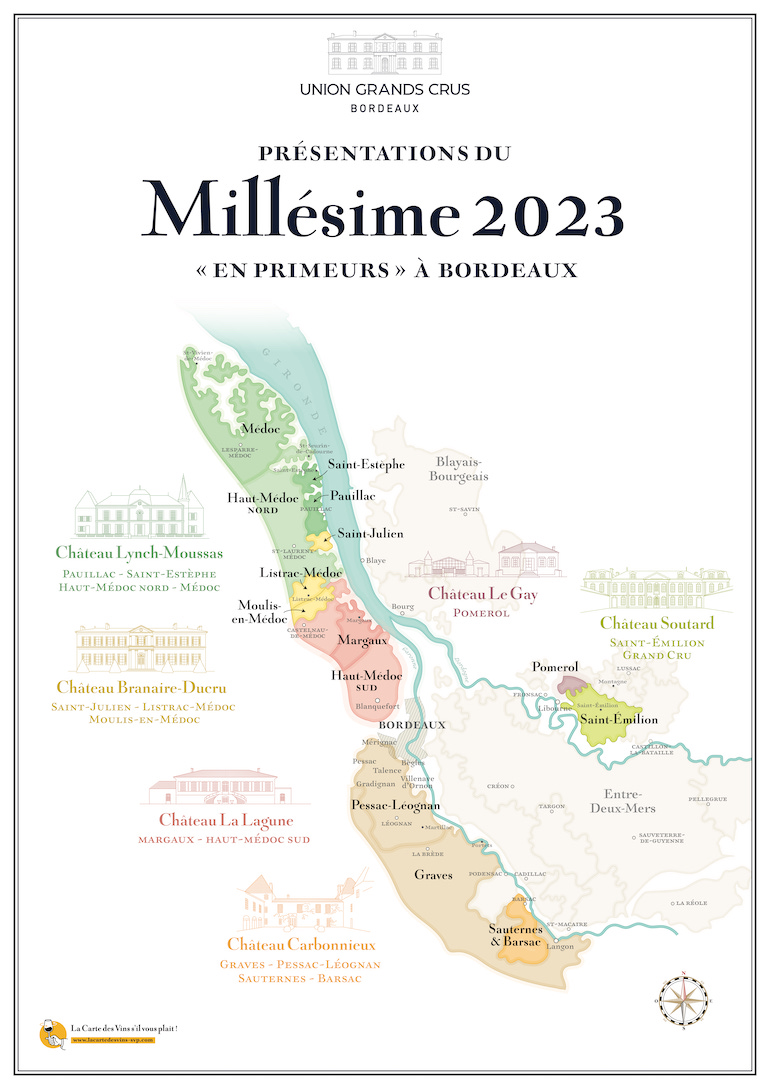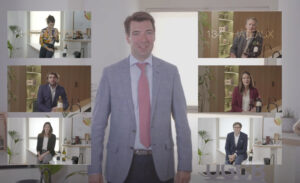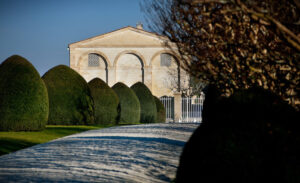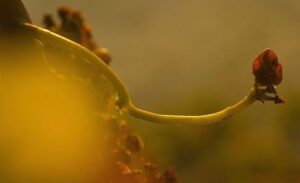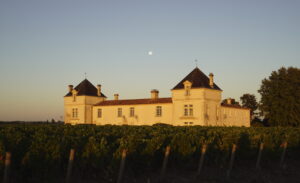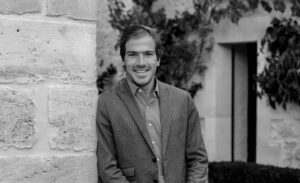Primeurs: Presentations of the host Châteaux
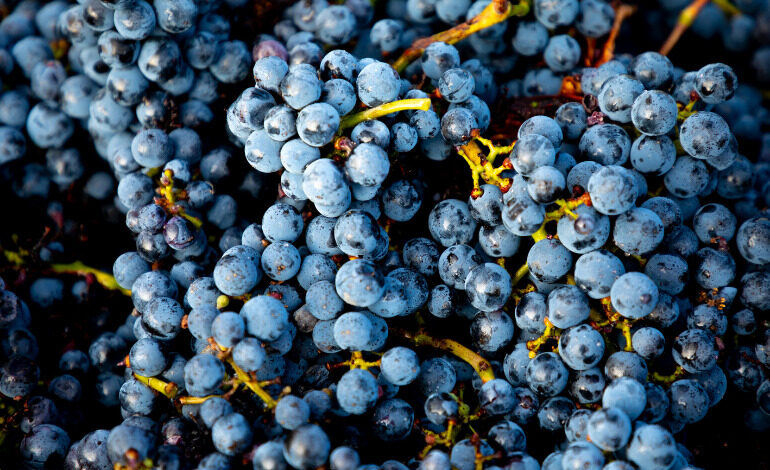

A few weeks before the opening of "La Semaine des Primeurs" (April 22-25 2024), Vintage met with the Châteaux that will receive thousands of international professionals and journalists who have come to discover the 2023 vintage. Let's meet these properties from the Left and Right Banks!
CHÂTEAU CARBONNIEUX
Château Carbonnieux is one of the oldest winegrowing estates in Bordeaux, currently home to one hundred hectares of vines. In fact, Carbonnieux has made wine continuously since the 13th century. The château’s imposing architecture, dating back to the Middle Ages, surprises with its understated, elegant style. Located on the highest point in the commune of Léognan, on soil that is perfectly drained by a natural stream, Carbonnieux’s terroir is especially suited to producing high-quality red and white wines.
The first owners – and accomplished wine merchants – were the Benedictine months of Sainte-Croix abbey in Bordeaux, who already made internationally-renowned red and white wines centuries ago. They also forged solid ties with the United States by welcoming Thomas Jefferson to Carbonnieux on the 25th of May, 1787. Today, Château Carbonnieux is run by the Perrin family, who have owned it for four generations.
“Our family and our teams are proud to have been chosen to host the En Primeur tastings for the 2023 vintage. We are fully committed to giving trade professionals from all over the world the opportunity to taste all Pessac-Léognan, Graves, Sauternes and Barsac wines. We will offer two tasting areas, including one in our ancient wine cellar located in the heart of the estate’s historic building. Tasters will thus get a glimpse of the estate’s long historical past when they taste this new vintage. We look forward to welcoming you!”
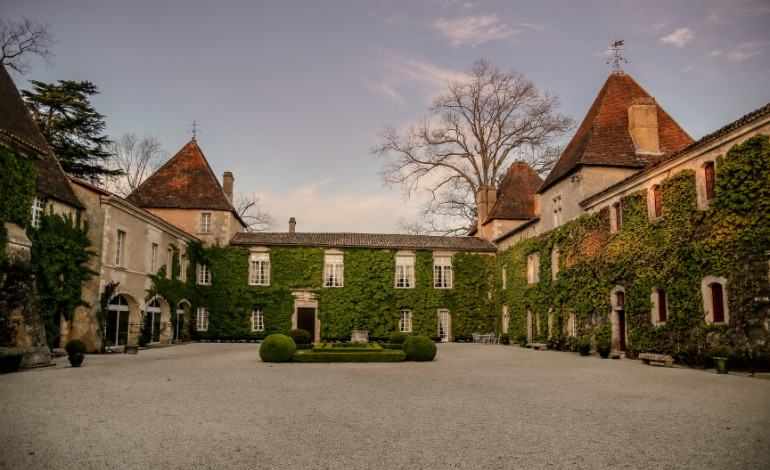
CHÂTEAU LE GAY
In September 2002, when we arrived at the château, one of the first decisions we made was to implement green harvesting three weeks before the harvest. This strategic action proved crucial to help the grapes reach optimum ripeness. We thus reasserted the famous motto that Robin, the historic owner of Château Le Gay, passed on to his two daughters: “quality over quantity”.
Since then, the cellar has undergone two major renovations. The first one saw the introduction of oak vats for the 2003 to 2013 vintages. Later on, the cellar was transformed to make full barrel fermentation possible as soon as the first day of the harvest. Our current cellar is like no other in the world since the temperature of the barrels is controlled by ambient air. We ferment 250 barrels using “vinification intégrale” fermentation.
“As new members of the Union des Grands Crus de Bordeaux, we were keen to participate as soon as possible in the En Primeur tastings to demonstrate our attachment to this joint adventure. It represents a new challenge for us and we have put all our heart and soul into organising it in the spirit of the UGCB: promoting fine Bordeaux wines by welcoming our neighbours in Pomerol.”
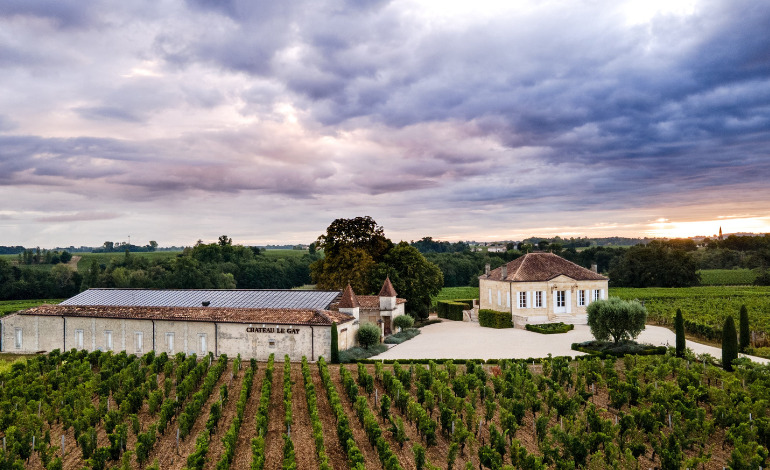
CHÂTEAU LA LAGUNE
Before it was transformed into a wine estate in 1587, Château La Lagune was nothing more than a mere village built around natural waterholes.
The majestic manor house was erected between 1730 and 1855, the year when the estate entered the very closed circle of the Third Great Growths. It owes this superb distinction to a first-rate terroir, which sits atop one of the finest gravelly hilltops in the region. Considered the “model of the Médoc peninsula”, it bestows its Cabernet Sauvignon, Merlot and Petit Verdot with a unique balance of power and elegance. The lively, fruity notes add an elegant touch to the silkiness and depth of La Lagune wine. It is the perfect expression of its rich ecosystem, which is protected and enhanced by Caroline Frey’s philosophy. The vineyards obtained organic certification in 2016, followed by biodynamic certification via the Biodyvin label in 2022.
Château La Lagune is a precious haven, a timeless ode to the classic French way of life, where tradition and innovation join forces to produce wines that stand the test of time, exuding real inner strength.
“Château La Lagune is proud to host the prestigious Haut Médoc and Margaux appellations, as well as all members of the Union des Grands Crus. The tastings will take place in our vat room, while lunch will be held in the château courtyard. It is an immense pleasure for us to open the doors of this family estate steeped in history. En Primeur Week plays a crucial role, symbolising a unique moment of sharing for all wine enthusiasts. We have prepared this event in detail to welcome you in a warm and friendly atmosphere in the best possible conditions. This year’s edition is particularly special for Caroline Frey, who is celebrating her twentieth vintage at Château La Lagune. We can’t wait to help you discover the result of our passion during En Primeur Week.”
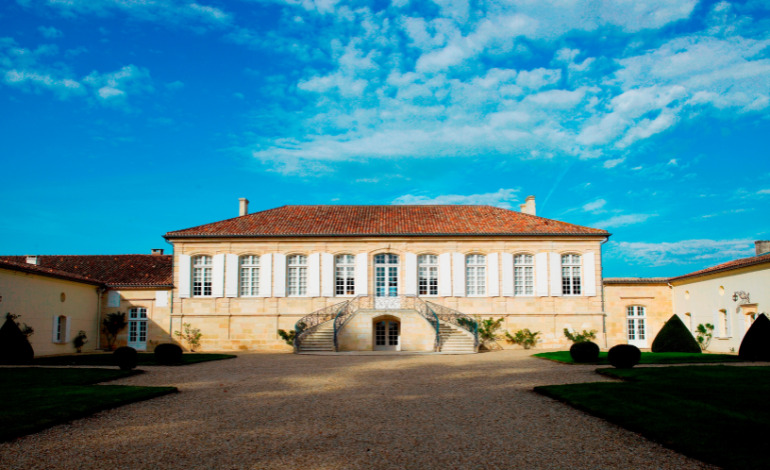
CHÂTEAU BRANAIRE-DUCRU
The founder of the estate in 1680, Jean-Baptiste Braneyre was well aware of the superb winegrowing potential of its gravelly soil located close to the Gironde estuary. This potential was confirmed by the 1855 classification, which elevated the Château to the rank of a Fourth Great Growth. A family group, managed by Patrick Maroteaux, signalled a new chapter in the history of the estate in 1988. Today, it is run by his son, François-Xavier Maroteaux, who showcases this exceptional Saint-Julien terroir.
He quickly defined the spirit of Branaire-Ducru wines, which reflect the House’s signature based on three pillars of fruitiness, freshness and elegance. Aware of the environmental challenges at stake, the Château has entered the Environmental Management System for Bordeaux Wines, based on international standard ISO 14001 (certified since 2020). It has achieved HEV (High Environmental Value) certification (level 3 since 2017) and is committed to a CSR strategy (Sustainable Impact, level 2 since 2023).
Recognized for its unwavering quality from one vintage to the next, Château Branaire-Ducru is on par with the finest Bordeaux wines. A universal wine, Branaire-Ducru is sure to delight the palate, providing pleasure and emotion for wine enthusiasts around the world.
“As President of the Saint-Julien appellation, it is an honour to welcome the members of this appellation, as well as those of Listrac and Moulis, to Château Branaire-Ducru. This event offers us the unique opportunity to promote the very promising 2023 vintage to journalists, critics and all our partners – merchants, brokers, and wine professionals from around the world. For me, this year will be marked by the presentation of our brand-new vat room, which has been in operation since the 2022 vintage. It is home to 75 vats (including 65 suspended vats), allowing precise plot-by-plot fermentation, and symbolising our permanent commitment to excellence.”
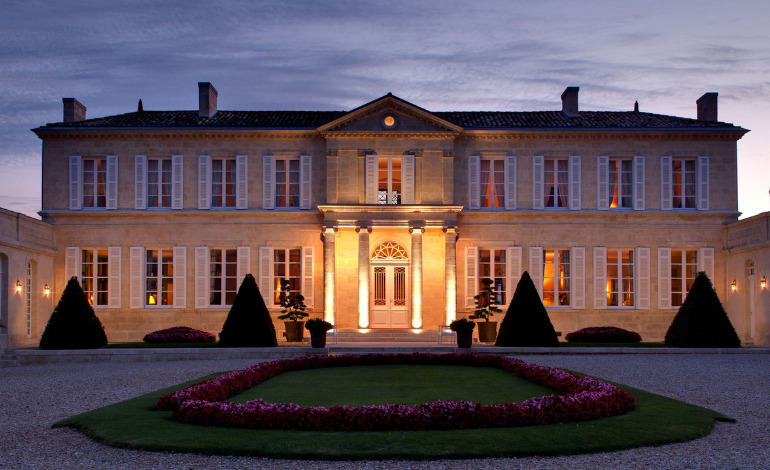
CHÂTEAU LYNCH-MOUSSAS
Founded in the 16th century, Château Lynch-Moussas has been owned by the Castéja family for over one hundred years. A great growth in the 1855 classification, this estate has recently been restored to its full former glory thanks to renovations to the buildings and vineyard, as confirmed by the outstanding quality of the latest vintages. In 2019, to celebrate the Fête de la Fleur (flower festival) held at the estate, Jack Ma (Alibaba) had this to say about Lynch-Moussas in his speech: “… You’re not making wine, you’re making happiness…”
“For the Castéja family and its team, it is an immense honour to host En Primeur tastings at Lynch-Moussas, and presenting this 2023 vintage will be the opportunity to showcase the excellence of this wine worldwide.”
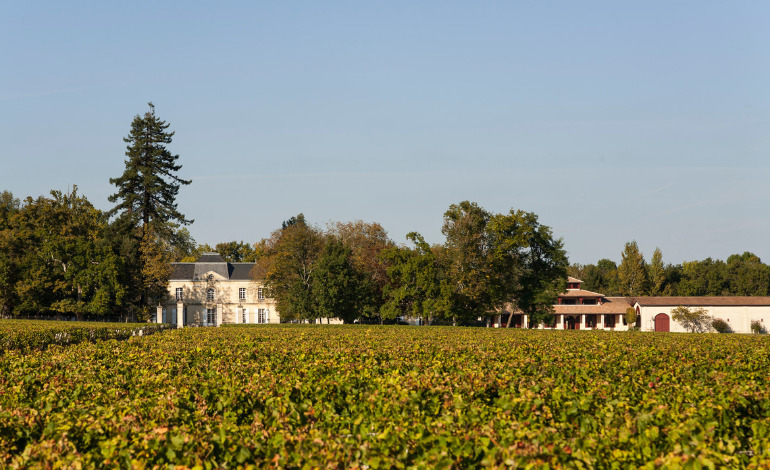
CHÂTEAU SOUTARD
Emerging at the end of its magnificent entrance lined with lime trees, Château Soutard is an impressive building, with its 18th-century facade and 16th-century wings made from quarry stone blocks, typical of the traditional Bordeaux estates. This manor house is totally self-sufficient with its washhouse, vegetable garden and poultry yard. The farm has preserved its bread oven as well as its dovecote, which stands as a testimony to its privileged status of yesteryear.
The first written evidence of Soutard dates back to 1513 with a reference to the “Bourdieu” of Mayne de Soutard (“Bourdieu” designating a Gascon estate surrounding a farm and windmill). Jean Couture, jurat (alderman) of Saint-Emilion, purchased the estate in 1699 and his daughter Marie built the château in 1741. Her descendants embellished the building and entirely dedicated themselves to the vineyards, making Soutard one of the first châteaux to adopt planting in vine rows. In the 19th century, Jean Lavau, one of the greatest owners of Saint-Emilion, successfully invested in the estate. It was finally passed down to Michel des Ligneris in 1919, whose family managed it for nearly a century. In 2006, Château Soutard was acquired by La Mondiale, part of France’s leading social protection group AG2R La Mondiale, who already owned Château Larmande and Château Grand Faurie La Rose.
“Visit Château Soutard and enjoy the harmonious atmosphere that reigns over the estate and the French lifestyle. Watch the sun set over Saint-Emilion while sipping a glass of wine on the terrace, surrounded by an impressive 30-hectare vineyard. Take the time to soak up the magic of the place.”
